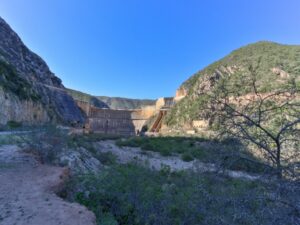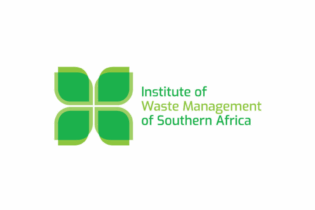By Paula–Ann Novotny, Senior Associate at Webber Wentzel
In the ever-evolving arena of environmental legislation, the National Environmental Management Amendment Act 2 of 2022 (NEMLAA4) emerges as a transformative force, poised to introduce a wholesale shift in South Africa’s environmental legislative landscape. Since the inception of the One Environmental System (OES) in 2014, NEMLAA4 stands as the most significant legislative overhaul, addressing prevailing issues, deterring non-compliance, and augmenting enforcement mechanisms within the mining and industrial sectors. A holistic view of NEMLAA4 NEMLAA4, promulgated into law on 30 June 2023 (barring certain sections addressed below), imparts sweeping changes that ripple across various statutes, predominantly the National Environmental Management Act, 107 of 1998 (NEMA), and four Specific Environmental Management Acts (SEMAs): Air Quality Act 39 of 2004, Waste Act 59 of 2008, Protected Areas Act 57 of 2003, and Biodiversity Act 10 of 2004. Key provisions and impactful amendments
- Financial provisioning revamp: A pivotal amendment under NEMLAA4 is the restructuring of financial provisioning (FP) for Rehabilitation and Closure (R&C). While initially targeted at the mining sector, this reform extends to empower the Minister to impose FP on other industries. The distinction between general R&C principles (Section 24P) and mining-specific principles (Section 24PA) marks a shift in specificity, outlining stringent regulations governing funding, vehicles for financial provisioning, fund utilisation, and drawdown approval processes.
- Expanded municipal enforcement: NEMLAA4 broadens the authority to issue Section 28 directives – addressing breaches of the environmental duty of care – to municipal managers. This amplification of enforcement powers casts a wider net, intensifying regulatory oversight beyond national and provincial departments.
- Rectification processes reinforced: Historically, Section 24G of NEMA allowed post-commencement rectification for unlawful activities, often exploited by entities initiating activities without the requisite licenses. NEMLAA4 bolsters these rectification processes, imposing public participation requirements, mandatory cessation of unlawful operations, and escalated administrative penalties, raising fines up to R10 million. The scope of such applications has also been extended to include successors-in-title and persons in control of land where unlawful activity has occurred as applicants.
- Altered dynamics in appeals: NEMLAA4 brings changes to the suspension of approvals during appeals, permitting applications to the appeal authority to lift suspensions pending the outcome of the appeal. On the other end, appeals against administrative enforcement action will not automatically suspend the directive or pre-compliance, but applications to suspend such directions are now similarly permissible on good cause shown.
- Empowered inspectors and designation: Ministers now hold the authority to designate staff members as well as regulatory state organs as environmental inspectors, fortifying regulatory control and ensuring specialised oversight within the enforcement framework.
- Air Quality Act amendments: NEMLAA4 modifies rectification processes for commencing listed activities under the Air Quality Act without the requisite licence, analogous to NEMA’s Section 24G. However, the scope does not extend to include “successors in title” or new landowners/controllers.Confusion regarding ministerial versus municipal licensing competencies has also been clarified.
- Waste Act amendments:
- Enhanced Contamination Provisions: Notable changes under NEMLAA4 emphasize early notification of likely land contamination (as opposed to the previous position only on existing significant contamination). Where an investigation area has been identified / notified, a site assessment report will need to be conducted by an independent person and will need to include a remediation plan that will be submitted to the Minister or MEC. The reduction in the national land register’s scope to register contaminated land areas only (and no longer also investigation areas) enhances public accessibility and awareness.
- Streamlined licensing processes: NEMLAA4 introduces clarity in the complexity of licensing authorities, defining the competencies across municipal, provincial, and national levels. Moreover, the addition of public participation requirements during license transfers or exemption applications elevates community involvement and communication.
- Protected Areas Act amendments: Restricting mining-related activities in protected environments now only necessitates written permission from the Environment Minister, requiring a range of procedural submissions to accompany the request for permission.
- Biodiversity Act amendments: Clearly defined steps to control or eradicate invasive species, prescribed by the Environment Minister, reinforce the duty of care regarding invasive species management on owned lands.
- Pending Air Quality Act amendments: The proposed inclusion of provisions for revocation or suspension of atmospheric emission licenses, which have not existed to date, aims to strengthen regulatory control over non-compliance.
- Pending Waste Act amendments: Proposed changes to the definition of “waste” and the regulation of residue stockpiles and deposits have faced legal challenges in their implementation but forewarn forthcoming changes in waste management practices once properly addressed.








